How to water tomatoes for growth?
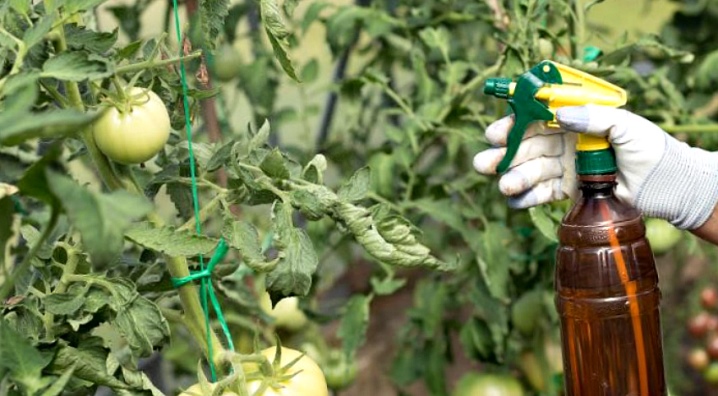
In order to get healthy and strong tomato seedlings, and in the subsequent their high yield, you will need to carry out proper watering and feeding. Such procedures are needed both for greenhouse vegetation and those that are grown in the open field. Currently, gardeners use many options for feeding tomatoes, while observing all the rules for watering and dosage.
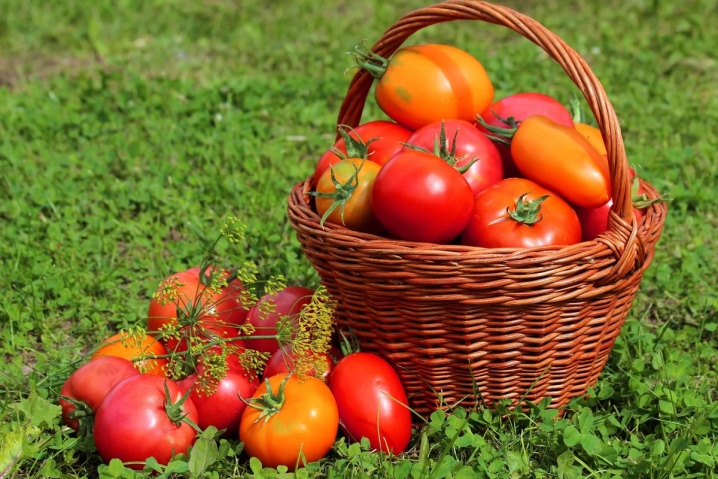
Drug overview
If the plant dries, withers, grows poorly and does not bear fruit, then this may indicate a lack of nutrients, poor watering, insufficient lighting and poor-quality care. If the master has created favorable conditions for the seedlings, but they still look unimportant, then they need to be watered with fertilizers. In order for tomatoes to grow better, it is worth starting to feed them when they are still in the seed stage of development.
You can water tomato seedlings for growth with chemicals after the culture is planted in a greenhouse or open ground. Often, fertilizing begins when the first true leaves appear on the tomatoes and before the first ovaries appear.
The composition of the fertilizer must change. The last dressing is applied at the end of July.
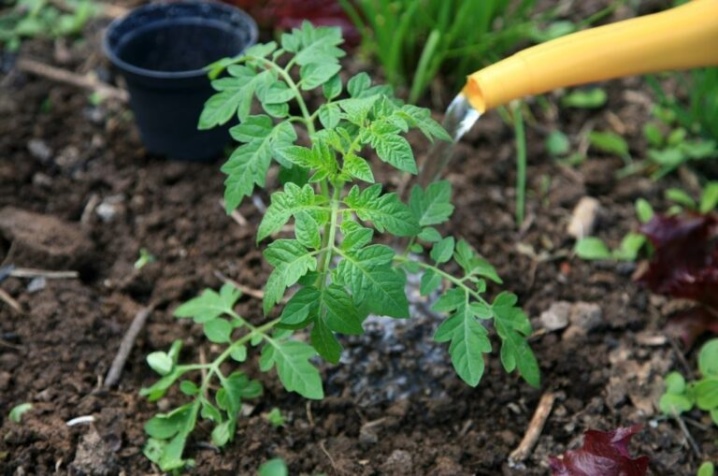
There are popular drugs that can stimulate the growth of tomatoes.
- "Epin-extra". This drug has universal properties, as it helps plants to adapt to environmental conditions. Seed material is usually soaked in this tool, which subsequently germinates quickly. "Epin-extra" is used in small doses, 4-6 drops are considered sufficient for a glass of water. A few days before planting, the seed is irrigated with this preparation. Re-use it 12 days after planting.
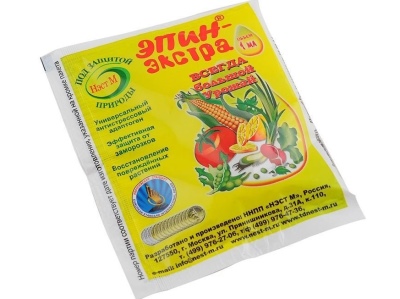
- "Kornevin" found its application in activating the root growth of tomatoes. Before planting in a permanent place, the substance is applied under the plant in powder form. With the help of Kornevin, gardeners soak tomato seeds before planting them.
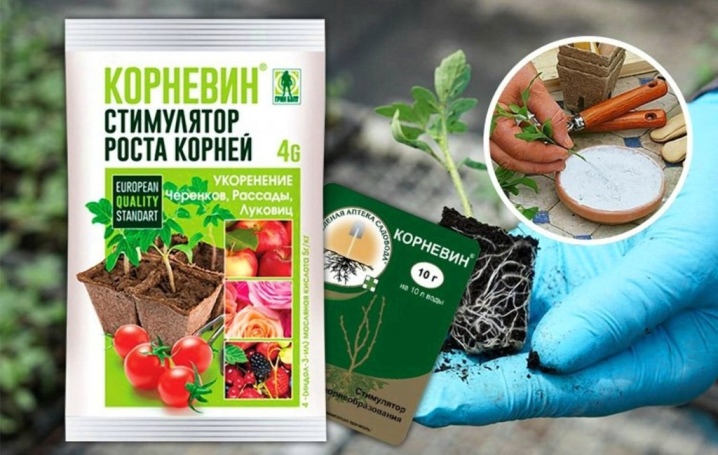
- "Zircon" - This is a special tool, the action of which is aimed at stimulating the growth of underground and above-ground parts of the culture. In addition, this tool is able to stimulate the growth of tomato roots, their flowering and strengthening the immune system. Tomato seeds are soaked in Zircon for 8 hours. In addition, tomato foliage is fed with this drug. To do this, dilute 2 drops of fertilizer in 500 ml of water and gently water the leaves.
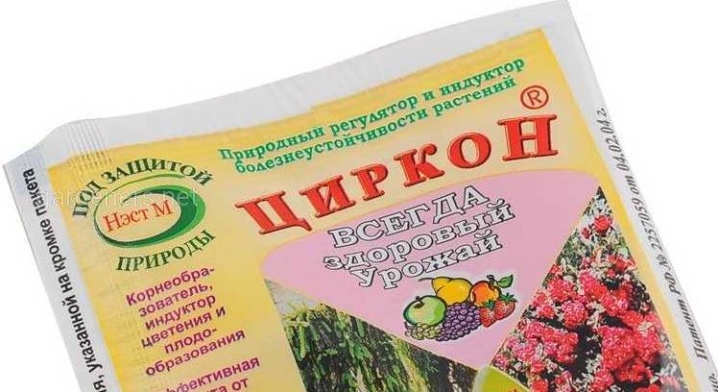
- "Silk" is considered one of the most popular means for accelerating the growth of tomato seeds, as well as improving the quality of seedlings. Liquid fertilizer for irrigating plants should be prepared strictly according to the instructions. You can also soak tomato seeds in Silka.

- Sodium humate makes tomatoes grow faster and also increases their productivity. Such a toxic agent should be used only if personal protective equipment is available. Dilute sodium humate in 3 liters of warm water in the amount of 1 teaspoon. This solution should be infused for about 9 hours.
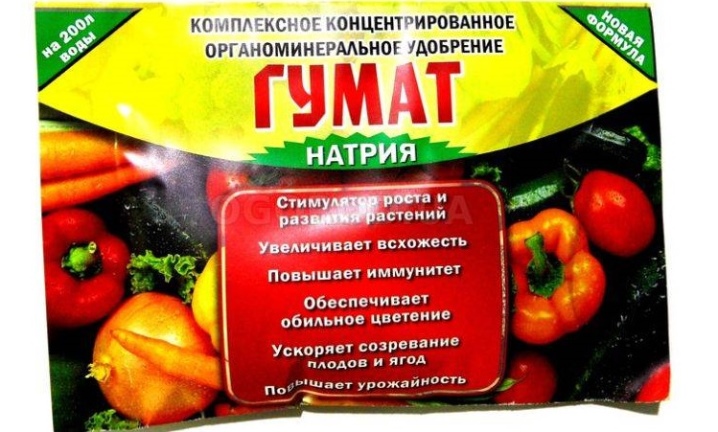
Folk remedies
Many gardeners use folk remedies for the rapid growth of tomatoes and their healthy appearance during the development and growth of green mass. In addition, they can be used when there is no way to water the tomatoes with purchased chemicals.
Plants can be sprayed with home fertilizers in the growth and development phase.
Yeast
Yeast solution for watering tomatoes is prepared in several ways.
- A package of dry instant yeast is diluted in water at a temperature of 38 degrees Celsius. 60 grams of sugar are introduced into the liquid substance. After the yeast is completely dissolved, a bucket of water can be poured into the mixture. To fertilize tomatoes, 2500 ml of the prepared substance is poured under each bush.
- Crumbled brown bread is spread in a saucepan so that it fills the container by 2/3. After that, water is poured there with 100 grams of yeast dissolved in it. The resulting substance is poured into a jar and sent to infuse in a warm place for 4 days. After the product is infused, it should be filtered. Before you start watering the tomatoes, the solution should be diluted in water in a ratio of 1 to 10. Pour 0.5 liters of the prepared fertilizer under the seedlings that have recently been planted.
- The simplest way to prepare yeast fertilizer is a pack of yeast that is dissolved in a bucket of heated water. This solution can be used to feed seedlings immediately after planting.
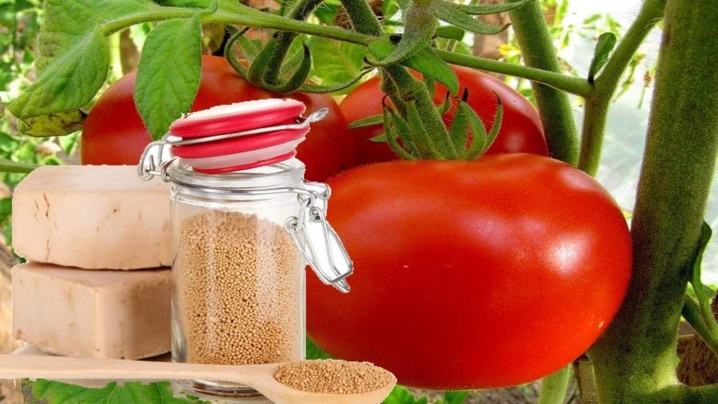
Ash
Wood ash is one of the most effective vegetable fertilizers. This product contains many micro and macro elements, as well as other substances that are necessary for the normal growth and development of vegetation. Often tomatoes are fed with ash in the form of a solution. To prepare top dressing, the gardener must dilute 200 grams of ash in 10 liters of water. With this tool, tomatoes are watered at the root in the amount of 2 liters for each bush.
To prepare a means for watering tomatoes on a leaf, dissolve one and a half glasses of ash in 3 liters of liquid. After that, the substance is infused for 4.5 hours, soap is injected into it. Further, the fertilizer should be filtered and brought to the amount of a full bucket. Such a substance can be used to process the ground parts of tomatoes.
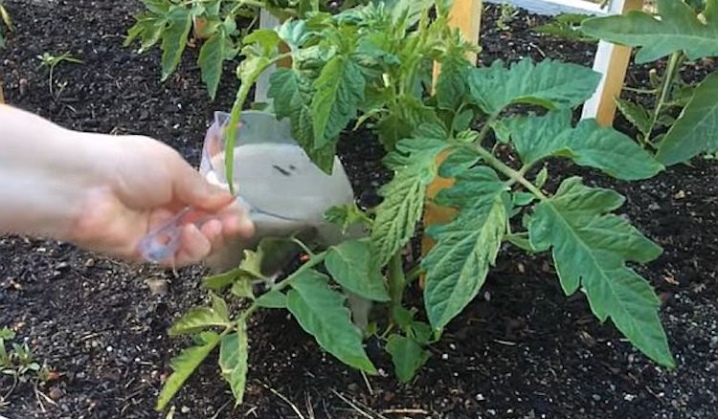
Iodine
Iodine helps the fruit to ripen quickly, as well as to protect them from late blight. To prepare a top dressing for irrigating a culture, you will need to add a few drops of a pharmacy product to a bucket of water and dilute it.
In order to fertilize the vegetation, it is recommended to add 1/5 of a bucket of solution under each tomato bush.
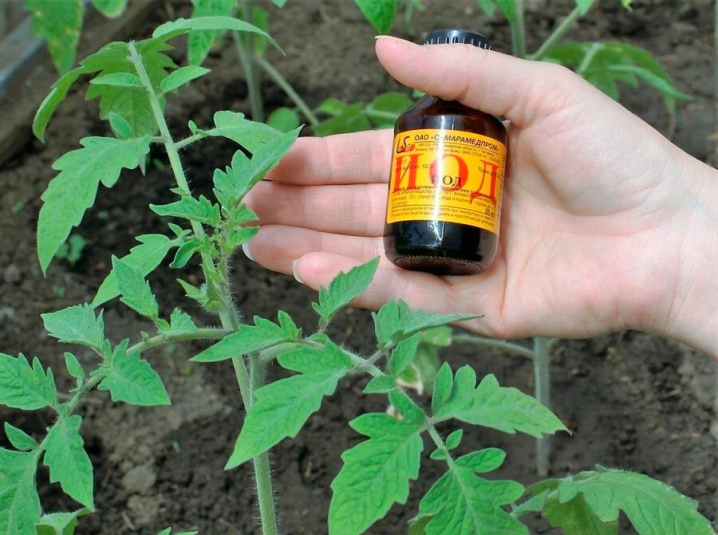
Bird droppings
Poultry droppings are an excellent fertilizer for vegetable crops to help them grow. Poultry manure (like manure) is rich in phosphorus and nitrogen. It is forbidden to put this substance in its pure form under the roots of tomatoes, as it can burn the plant. Organics are pre-infused in water for 7 days in a ratio of 1 to 3. After preparation, a liter of fertilizer is diluted with 20 liters of liquid and applied under the tomato bushes.
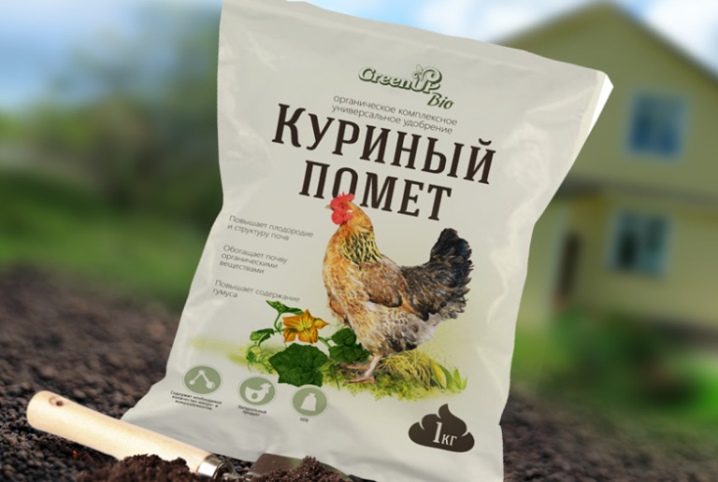
Other
Some gardeners recommend watering tomatoes with herbal infusions to improve their growth. As a result, you can get a product with a high content of iron, nitrogen and other minerals. To prepare an easily digestible top dressing, you will need to pick up various herbs, including weeds, and place them in a container. After that, the top dressing is poured with water and the onset of the fermentation phase is awaited.
Fermentation will continue for about a week, after which the solution is diluted with water in a ratio of 10 to 1 and the vegetation is irrigated.

Features of feeding in different conditions
It is possible to feed and process tomatoes for fruit growth after planting both in greenhouse conditions and in the open field. In this case, the seedlings can be watered at the root and sprayed with a spray bottle. For in order for the plants to be strong and bear fruit well, they must be processed regularly and only with the help of high-quality preparations.
In the greenhouse
Before the tomatoes are planted in the greenhouse, the soil must be prepared. To do this, the gardener will need to dig up the ground in the greenhouse, forming the beds. After that, all the necessary dressing is added to the substrate. Indoors, tomatoes are often fertilized with dissolved complex fertilizers.
During the period when the green mass is growing, it is recommended to introduce a solution of ammonium nitrate, superphosphate and calcium chlorine. This top dressing is introduced 14 days after planting the seedlings in the greenhouse. If the green mass is growing too actively, it is worth reducing the amount of nitrogen-based substances. According to experts, fertilizers are applied after watering the tomatoes, as this event will prevent the possibility of burning the root system.
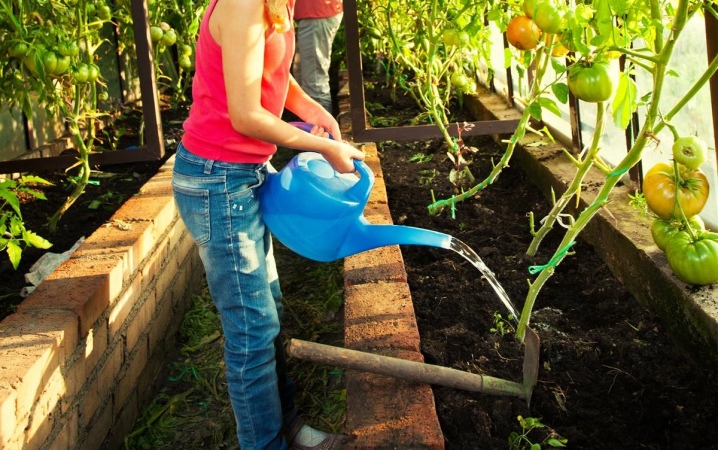
In the open field
In order for the vegetative mass of tomatoes to increase as quickly as possible, it is recommended to apply fertilizers in combination. They should contain not only nitrogen, but also organic compounds. Initially, fertilizing is applied under the tomatoes after 14 days from the moment the seedlings are transplanted to the beds. Subsequent fertilization procedures should be carried out regularly every 10 -13 days from the moment of the previous application of nutrients.
According to experienced gardeners, the best option for feeding tomatoes in the open field is liquid organic matter.
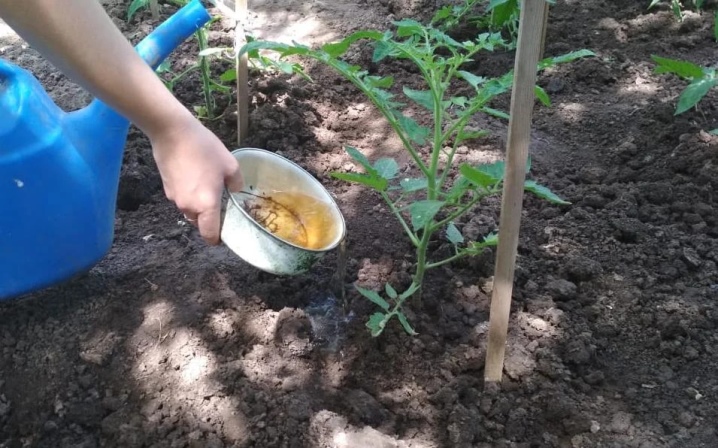













The comment was sent successfully.